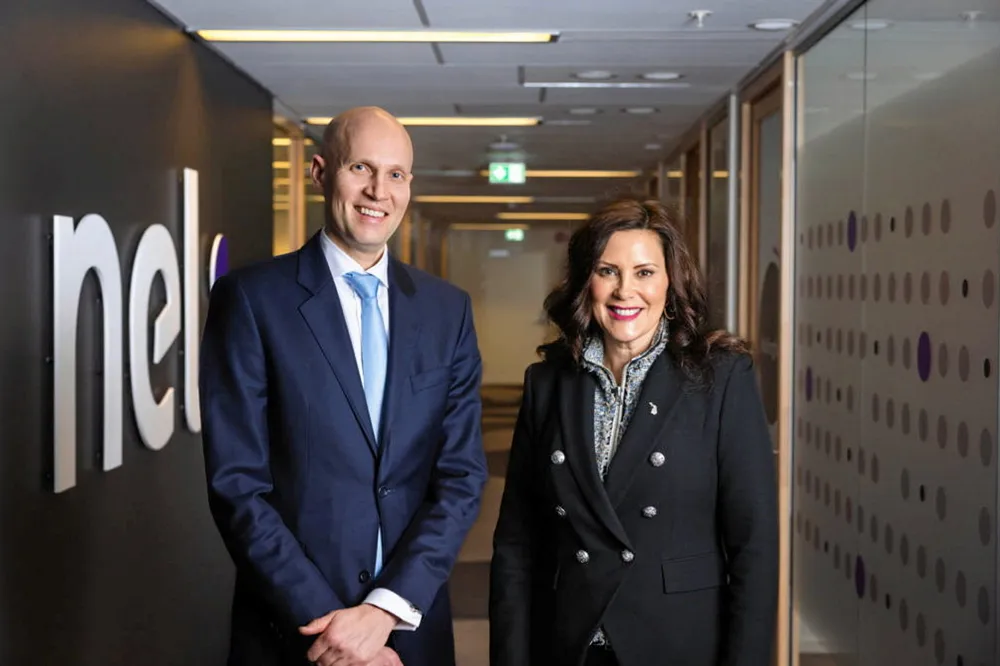Electrolyser maker Nel stacks up nearly $170m in subsidies for proposed Michigan gigafactory
Latest $41m tax credit award ‘increases attractiveness’ of taking FID, says CEO

Latest $41m tax credit award ‘increases attractiveness’ of taking FID, says CEO
